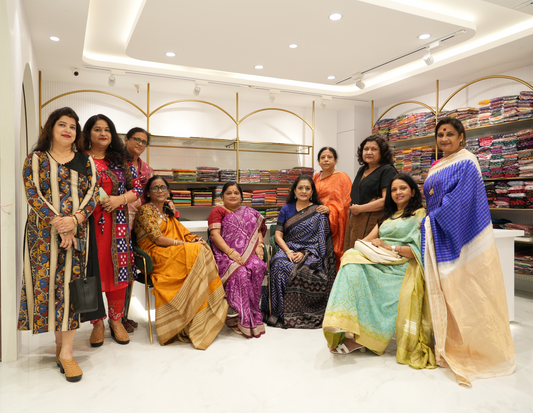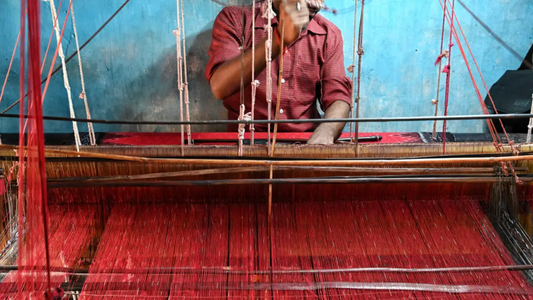As one travels through the narrow lanes and bylanesofMangalabag, Baniasahi, Nayasarak, Choudhary Bazaar, Dolamundai and few other areas of the ancient city of Cuttack one can notice en number of shops and workshops making and selling shiny silver based products. These are called Tarakasi.It is a type of silver filigree work from the ancient city of Cuttack in Odisha. Hence, the city has been famous internationally as the Silver city.
Filigree is a very exquisite form of artistry and design. It is an ornamental form of intricate metal work where fine wire of the metal is delicately traced. The word filigree has been derived from the Latin word “filum” meaning thread and “granum” meaning grain in the sense of small bead. Filigree work ranges from delicate jewelry to cast iron railings and balustrades.

Apart from Cuttack few other places in India where silver filigree work can also be found are Karimnagar in Andhra Pradesh, Srinagar in Kashmir.In Silver Filigree thin threads of silver are twisted and incorporated to the design. The artists use an alloy of pure silver for the craft.
Though, this highly skilled art form known worldwide for its elegant craftsmanship is an ancient craft and is around 500 years oldwhich flourished mostly during the Mughal era.
It is yet to receive a GI (Geographical Indication) tag from the Government of India which will help people associate silver filigree work with Cuttack.
Tarakasi work holds a significant place in the heart of the people of Odisha. During Dussehra festival the idols of Goddess Durga are adorned with Tarakasi Jewelry, also the Medha (backdrop of the Goddess) . Odissi dancers while performing Odissi wear Tarakasi Jewelry during the dance performance . Tarakasi jewelry is also used for ornamenting the three deities in the Puri Jagannath temple. In Odia house-holds vermillion box, toe ring, anklets, armlets are considered auspicious at the time of marriage.
With time the artists are weaving their creativity in the form of utility products, exquisite showpiece, jewelry, monuments to name a few . Over the years the artisans are experimenting with new techniques like granulation, snow glazing, platinum polishing.

There are three types of Tarakasi work Rose Work, Siko Work, Jali Work.The designs on the motifs mainly include that of animals ,birds, flowers etc. The process begins with a hand drawn sketch of the design. Next a piece of raw silver is heated.The molten metal is the poured into thin rod like moulds and cooled to get silver rod. The rod is then pressed through a machine into thin long wire. Once the wire is flat and workable intricate designs are carved before it cools, a frame is made.
Then the frame is placed on the original sketch to check the accuracy. The frame is then soldered by mixing small pieces of the metal with a mixture borax powder and water and sprinkling soldering powder on it.It is later cooled in water.
With the frame in place it is easier for the artisan work on the filigree (by rolling, folding, twisting) the thin wire using tweezers/knife. Then the same is fitted within the spaces left in the frame to complete the design. After soldering. Final touches like finishing, polishing, filing is done to give a glaze.

Eventhough it is a tedious and physically challenging process. The artists have been closely associated with it over generations and are dependent on this craft for their livelihood.They are determined to save this art form from dying a slow death and becoming a part of history.
This ancient art form with rich history is presently suffering from social apathy and lack of government support.
Also Read: The Tussar Affair










